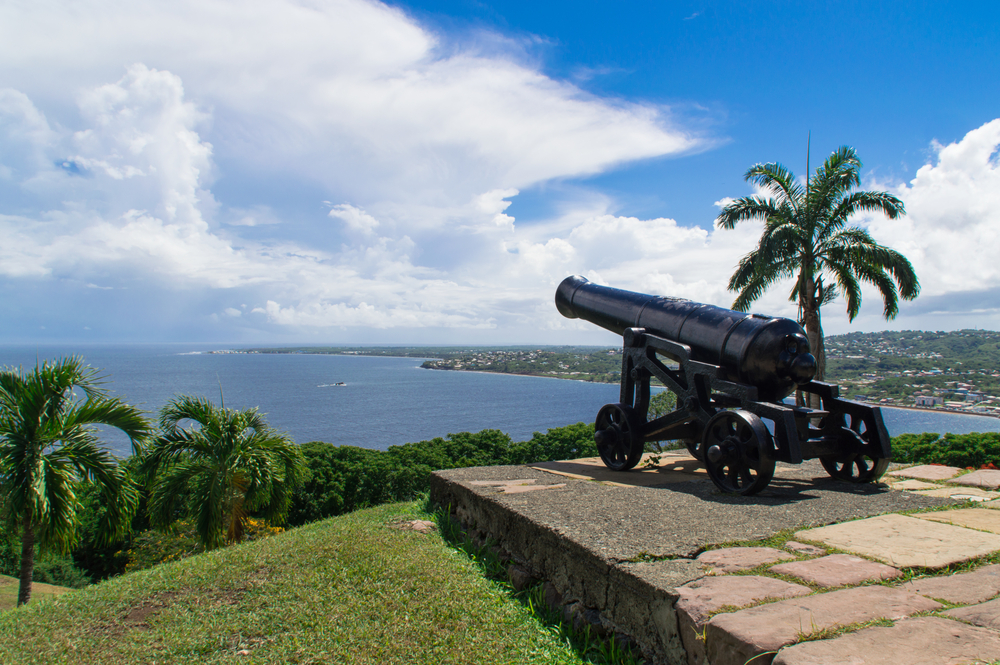Yello’s Bite-sized Guide to the Caribbean: Trinidad and Tobago
by Karen Rollins Oct 3, 2022

Yello knows the Caribbean! We are based in 20 countries across the region, and each one of them is quintessentially Caribbean while also offering visitors a one-of-a-kind cultural experience.
Our British, French, and Dutch colonial past can be seen in our food, art, fashion, music, and languages. Yet as a region, we are also slowly developing our unique Caribbean identity based on our distinct geography, values, and experiences.
It’s time to appreciate our shared Caribbean culture and learn more about the countries in our region – we’re ready to explore Trinidad and Tobago (T&T).
Independence Day: 31 August 1962
Republic Day: 24 September 1976
Capital: Port of Spain
Background: The original inhabitants of Trinidad are believed to have migrated from the Orinoco River delta region of north-eastern South America. They probably spoke an Arawakan language.
Tobago was settled by Cariban-speaking Indians and some of this ethnic group were also settled on the north coast of Trinidad by the time Christopher Columbus arrived in 1498.
During the 16th century, many of the original Indian inhabitants were captured by the Spanish, kidnapped, and enslaved in other Spanish territories.
In 1592, Antonio de Berrio took official possession of the island while searching for Eldorado (the mythical land of gold), but it remained largely undeveloped and sparsely populated until the 18th century.
In the 1770s, the Spanish government began encouraging Roman Catholics from other Caribbean islands to settle in Trinidad with their slaves and offered land and tax breaks as an incentive. At this time the country’s plantation economy based on slave labour began to take off.
Britain seized Trinidad from Spain in 1797 and in 1802 it was formally ceded to the British. After slavery was abolished between 1834 and 1838, the immigration of indentured workers from the Indian subcontinent began and continued until 1917. This wave of immigration significantly changed the population in Trinidad.
Tobago was also largely unpopulated and undeveloped until the 18th century. Before then it frequently changed hands between the British and French before finally being ceded to Britain in 1814. In 1899 Tobago became a ward (administrative district) of Trinidad.
Trinidad and Tobago gained independence from the British crown in 1962 and became a republic within the Commonwealth in 1976.
Getting around: Hiring a car is the easiest way to get around Trinidad and Tobago. Vehicles can be picked up from either Trinidad’s Piarco International Airport or Tobago’s Arthur Napoleon Raymond Robinson International Airport.
Taxis are also a relatively easy and cheap way to explore especially in Trinidad. Taxi license plates start with an ‘H’, and you can catch one at various stands. Make sure you negotiate a price before setting off because they do not have meters.
Buses and route taxis are also an option, but they only follow set routes and do not run to a specific timetable. Tickets are available at bus terminals. Bus drivers do not accept cash or cards.
Travel between Trinidad and Tobago by express ferry is possible through The Port Authority of Trinidad and Tobago. The journey takes around three hours and a one-way ticket costs about $8 (US). Passengers must check in three hours before sailing if taking a vehicle, otherwise two hours prior is sufficient.
Must-see place of interest: The Temple in the Sea at Waterloo in Carapichaima, Trinidad is a magnificent holy structure that was first built in 1947 by indentured labourer Siewdass Sadhu as a place of worship for Hindus.
When the government knocked down the temple five years later, because it was built on state-owned land, Sadhu began to reconstruct it again, but this time in the sea.
It took Sadhu another 25 years to build the temple brick by brick on artificial land. In 1994 he finally got assistance from the government as part of commemorations for the 150th anniversary of Indians arriving in the country.
Must-do annual event: The Tobago Dragon Boat Festival is held annually in June to mark the arrival of the first Chinese people in T&T over 200 years ago. The festival usually includes art exhibitions, concerts, food fairs and a full day of dragon boat racing.
Motto: ‘Together We Aspire, Together We Achieve’
Little known fact: Limbo dancing was invented in Trinidad by enslaved Africans.
—
Visit the official T&T tourism authority website for all the information you need before visiting Trinidad and Tobago.








